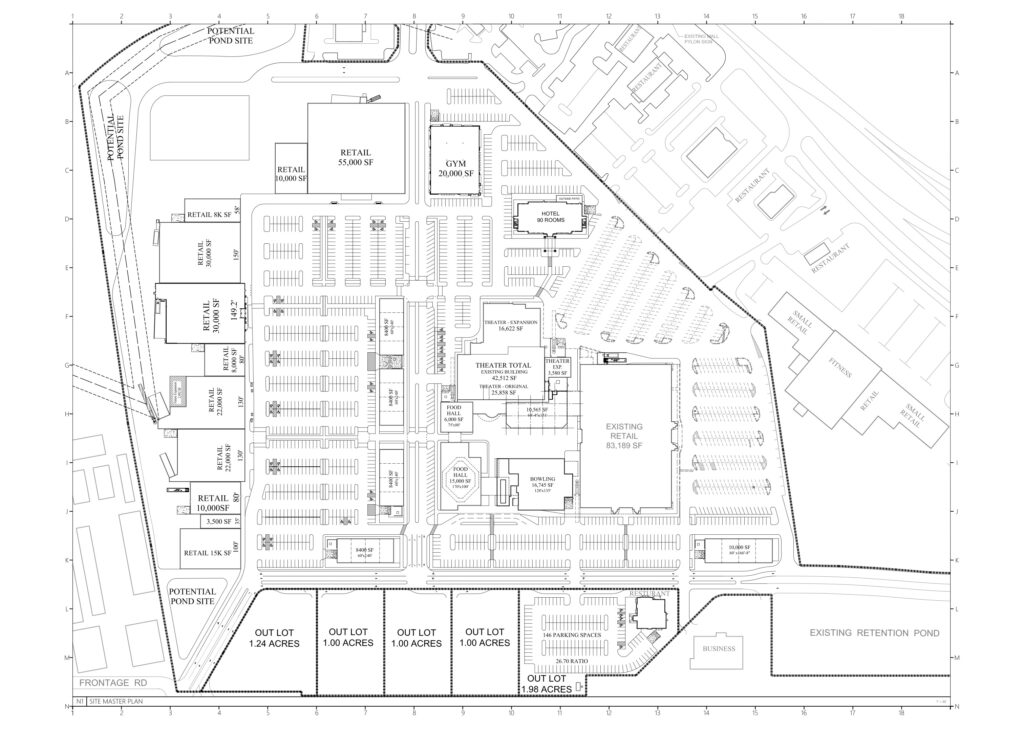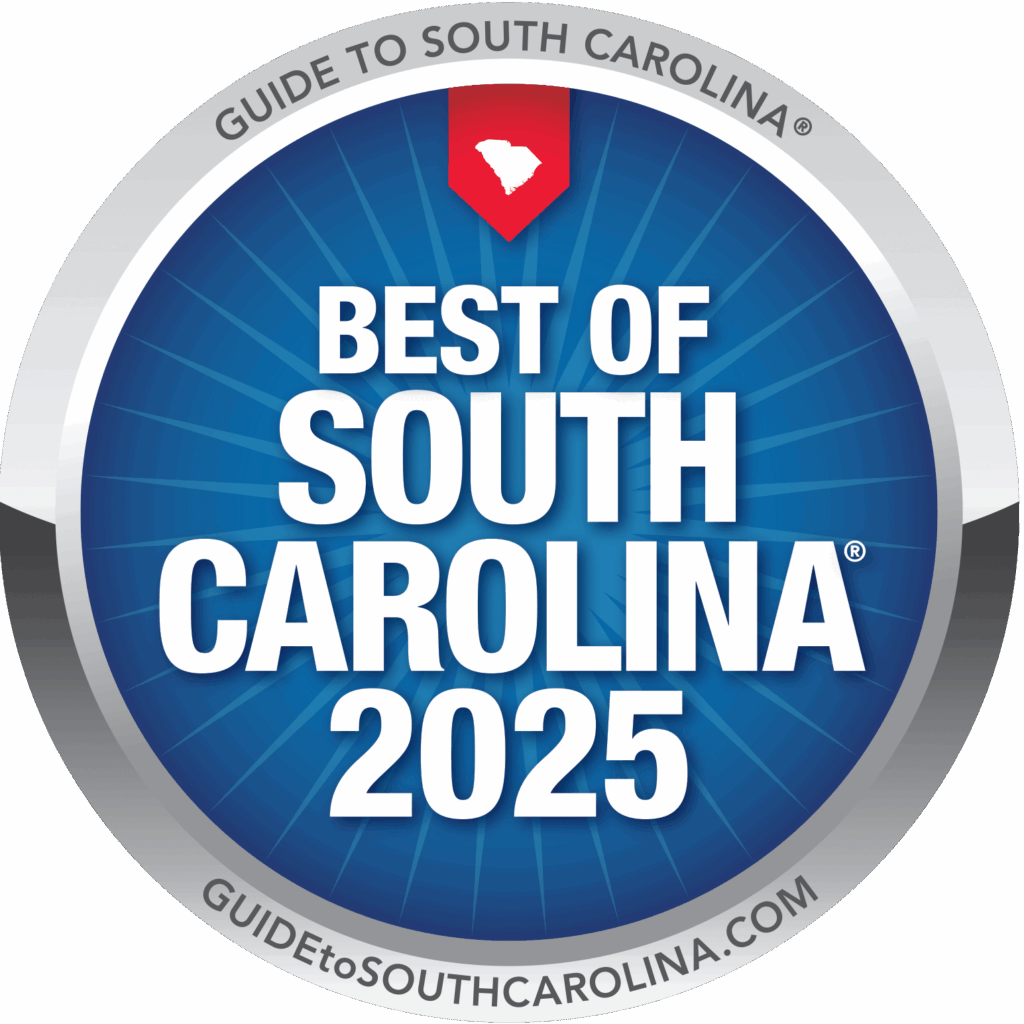
We’ve designed a wide array of buildings, from disaster preparedness training centers to shopping centers. However, it is a lesser known fact that principal and founder Brian Doiron has a penchant for master planning. He has a passion for designing much more than buildings–designing true communities. Brian has a knack and love for the complex details of land use, long term planning for housing, transportation, civic engagement, and amenities. “Putting it all together is like a beautiful, complex puzzle,” Brian says. “The flow…the aesthetics…blending with the necessary practicality…it’s all a joy for me.”
As is the case with any kind of development, some plans never materialize, but a favorite master plan Brian created centered on a planned community around a baseball stadium. “Much like the Greenville Drive was able to transform that part of our community, this concept included a similar phenomenon. We were going to incorporate an old mill and create a country music venue as well.” Master planning involves a necessary devotion to detail and tedium, working through multiple layers of red tape, different governmental agencies, and partners to bring a project to life. “In this case, the project didn’t take off, but I still count it as a win because I got to design a community–and one day elements of that plan will come to fruition,” Brian says.

